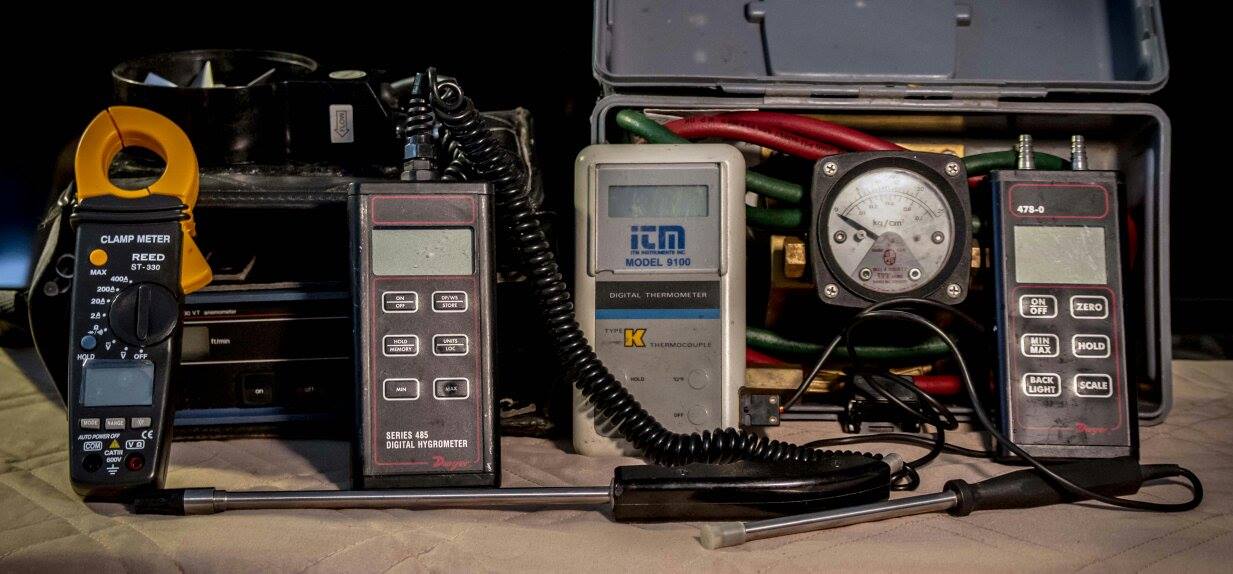Definition Of Horsepower, How horsepower works, What is horsepower, What is one horsepower

Definition of horsepower speaks to how horsepower works, what is horsepower and what is one horsepower.
The Definition of hp is the description of a unit measurement of power which is the rate at which work is done. The most common conversion factor, especially for electrical power, is 1 hp = 746 watts.
The term was adopted in the late 18th century by Scottish engineer James Watt to compare the output of steam engines with the power of draft horses. It was later expanded to include the output power of other types of piston engines, as well as turbines, electric motors and other machinery.
The definition of the unit varied between geographical regions. Most countries now use the SI unit watt for measurement of power. With the implementation of the EU Directive 80/181/EEC on January 1, 2010, the use of horsepower in the EU is only permitted as supplementary unit.
With electrical motors there are rated a current draw (amperage) for the many different motor HP.This building load amperage calculator will allow you to calculate the probable current draw within the facility based on HP and voltage. With this information you will have a good idea whether the electrical transformer will be able to handle the building load and what size motor should be installed for required work to be done.
The ampere was originally defined as one tenth of the CGS system electromagnetic unit of current, the amount of current that generates a force of two dynes per centimetre of length between two wires one centimetre apart The size of the unit was chosen so that the units derived from it in the MKSA system would be conveniently sized.
The "international ampere" was an early realization of the ampere, defined as the current that would deposit 0.001118000 grams of silver per second from a silver nitrate solution. Later, more accurate measurements revealed that this current is 0.99985 A.
Definition of Horsepower
The standard ampere is most accurately realized using a watt balance but is in practice maintained via Ohm’s Law from the units of electromotive force and resistance, the volt and the ohm, since the latter two can be tied to physical phenomena that are relatively easy to reproduce, the Josephson junction and the Quantum Hall Effect, respectively.
At present, techniques to establish the realization of an ampere have a relative uncertainty of approximately a few parts in 107, and involve realizations of the watt, the ohm and the volt.
Motor Full Load Current in Amperes
--------1 Phase AC-------------3 Phase AC
Definition of Horsepower
Return from Definition of Horsepower to homepage
Hard copy and E book for sale. Introduction to Building Mechanical Systems. Click here.